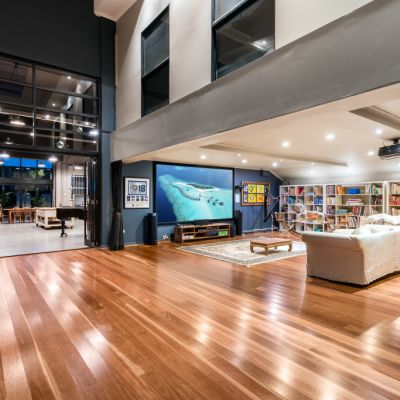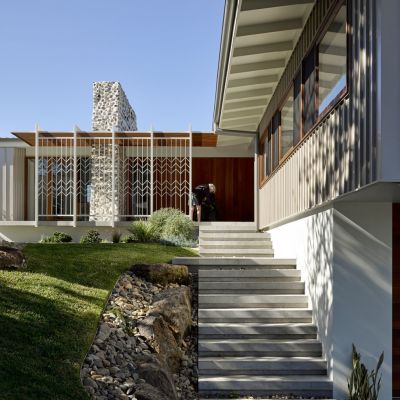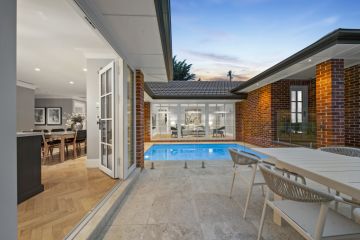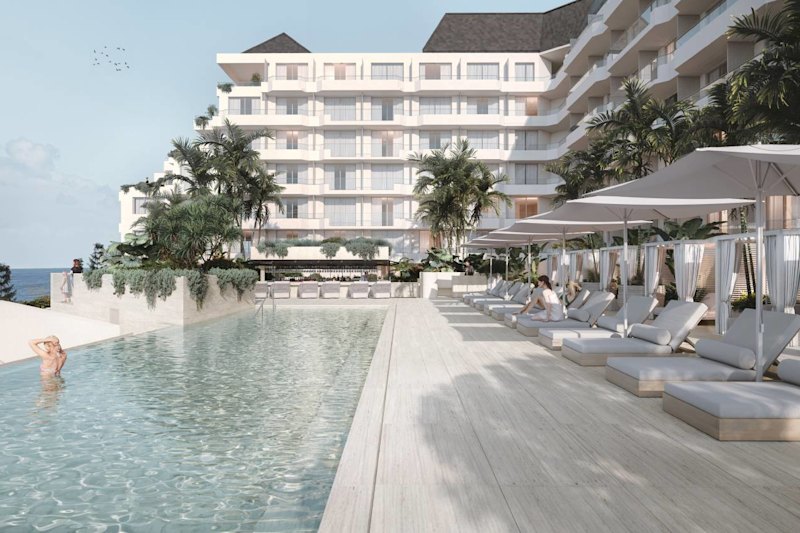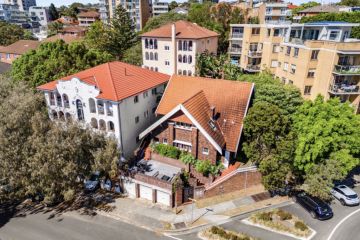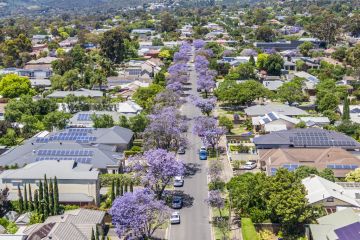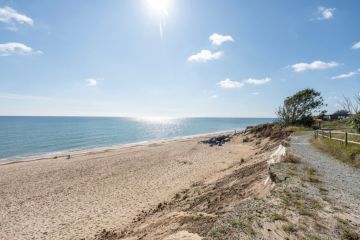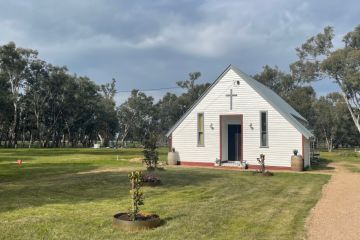'Pyramids of Flinders': a rare glimpse inside a bold and unforgettable home
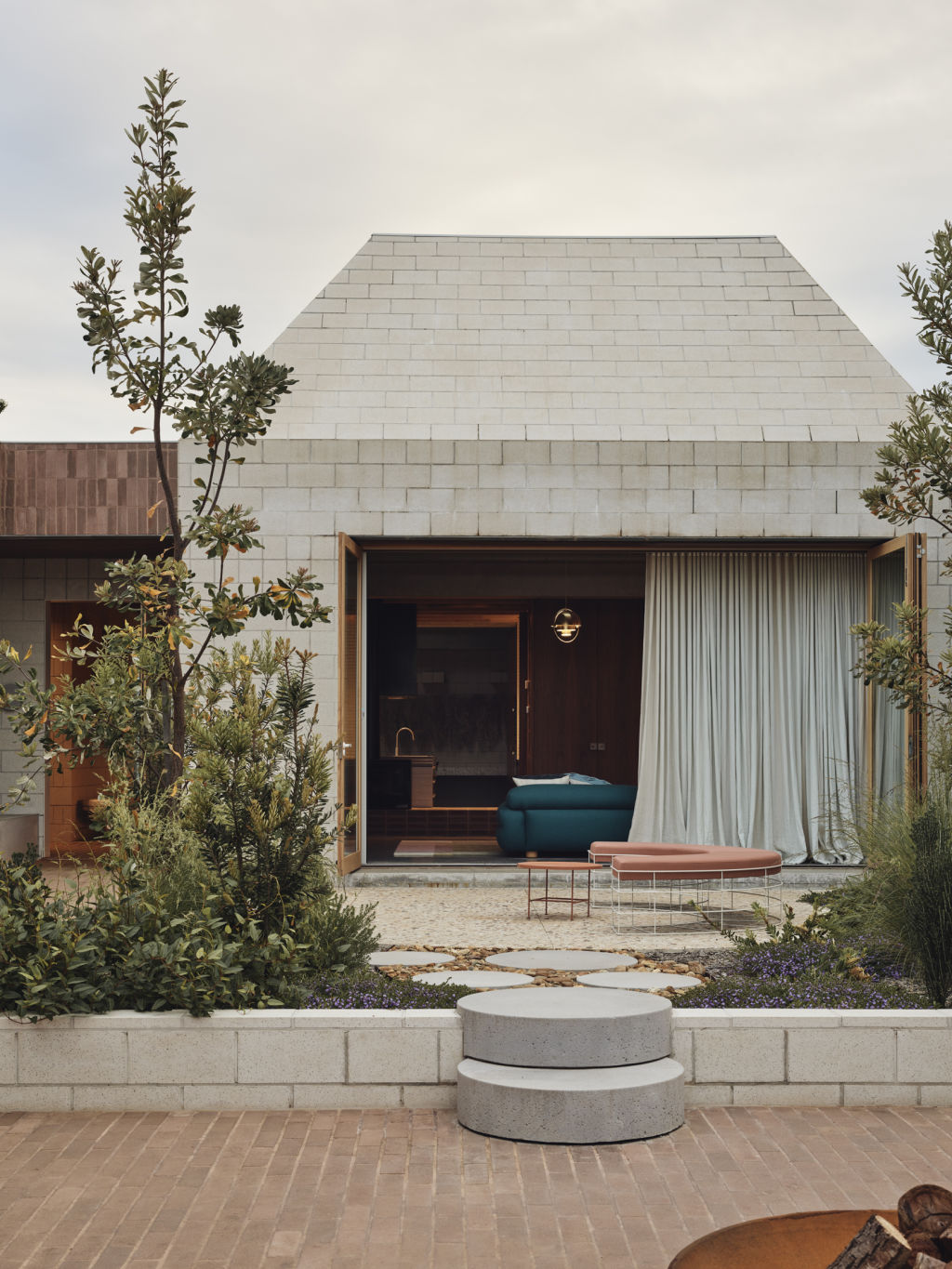
“I was so excited when the client told me they’d bought a site in Flinders. All I could picture in my head was the amazing clifftop location with views to the ocean until I Googled the address and the reality hit,” says Albert Mo, director of Melbourne practice Architects EAT.
Mo’s excitement bubble burst as he discovered the inland corner block, some 500 metres from the village shops, bounded by a local path used to access the back beach.
“Opposite to my dream clifftop location, the site is really, really flat,” jokes Mo.
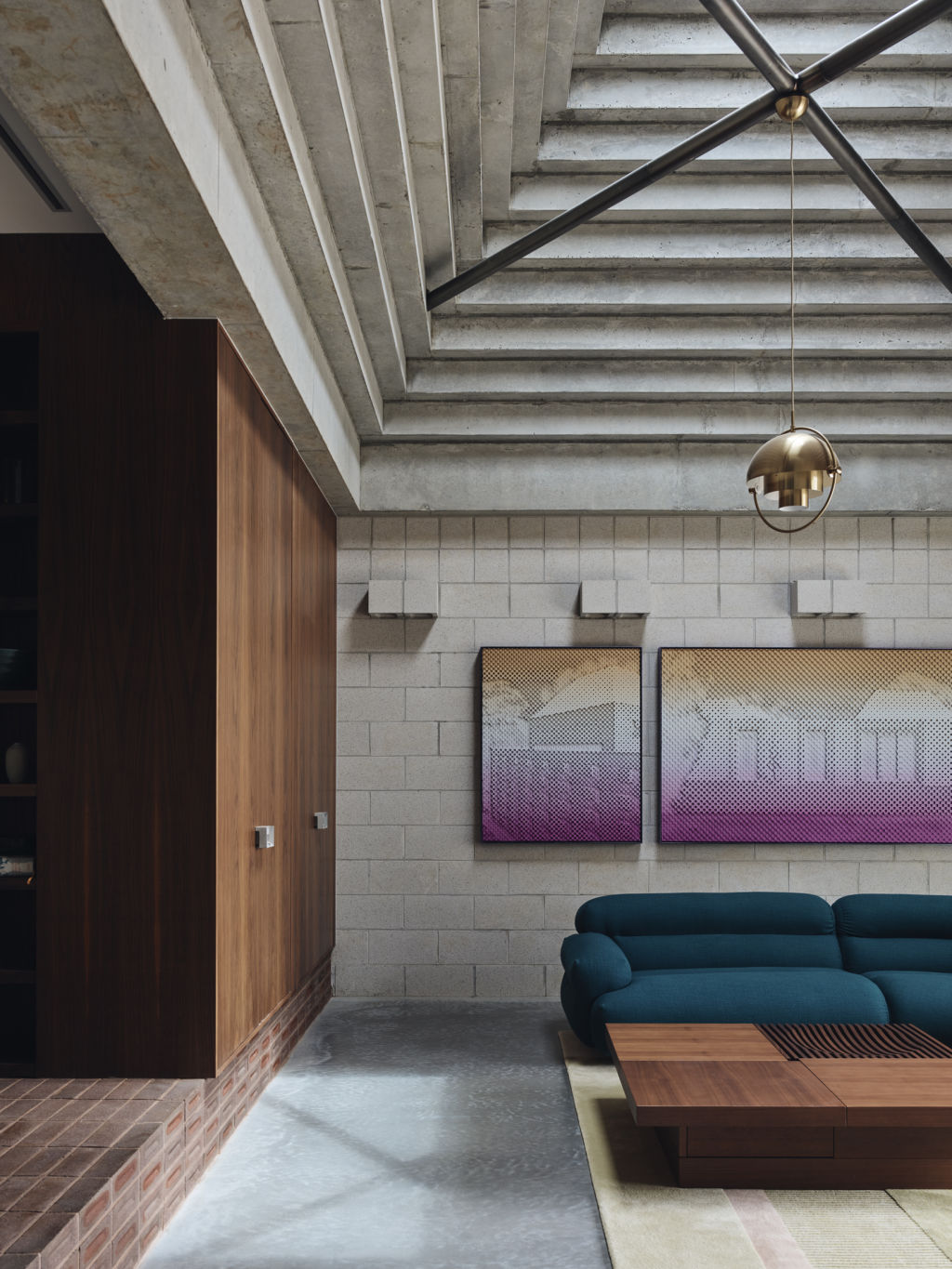
Not the most riveting start to the project, but from the biggest challenges come the greatest triumphs, and Bellows House is just that.
The fact the clients were a family Mo and his team had worked with previously was a significant advantage.
Having designed their city home seven years prior meant the trust was already there, so the architect focused on bringing his A-game.
From the outset, Mo wanted a permanent house anchored in the sand, unlike the predictable lightweight beach-house vernacular.
“More like a bunker than a shack,” he says of his desire to design a building that spoke of its location and sat in dialogue with the street.
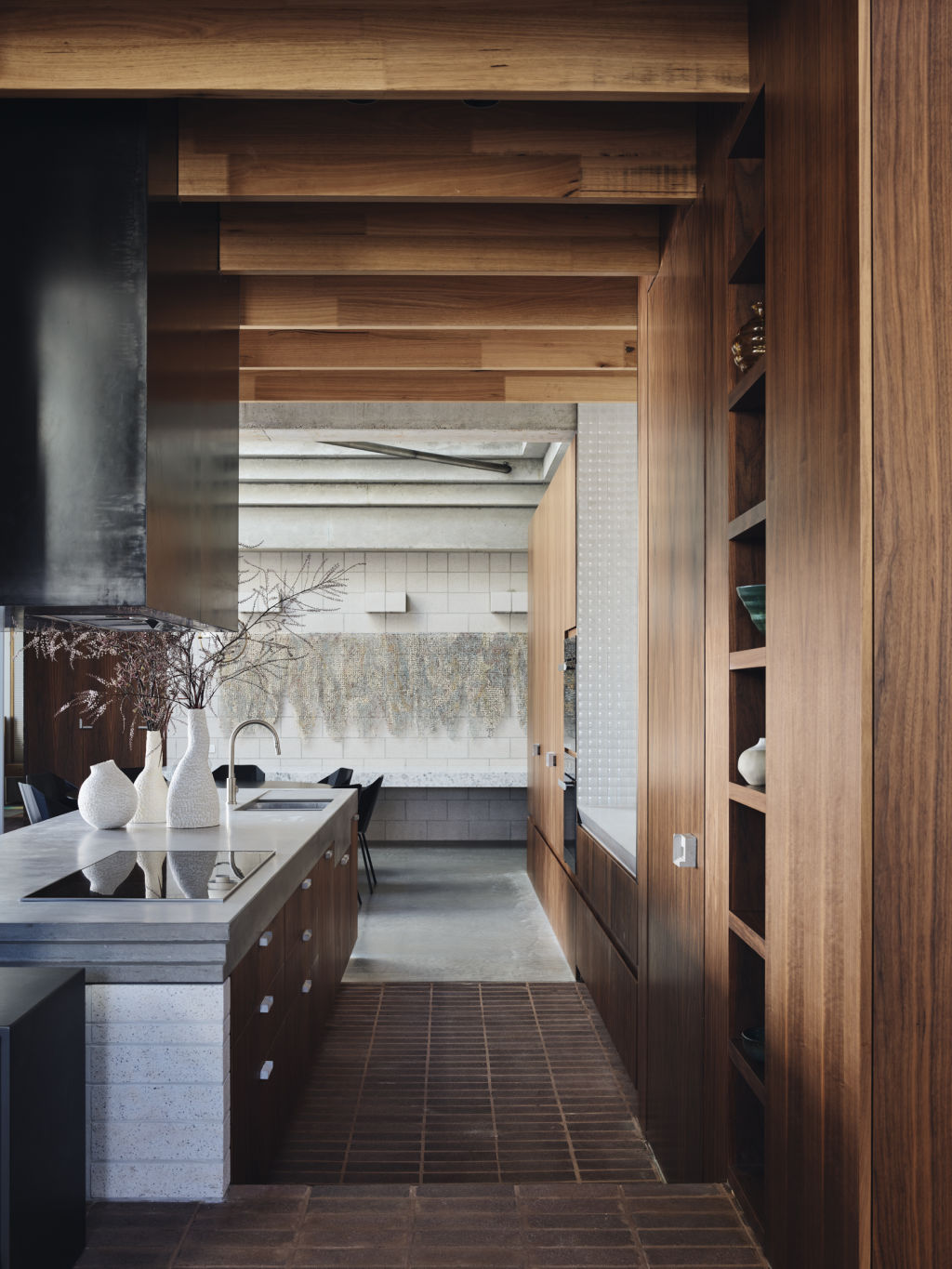
“The idea of frustum pyramids was stuck from the beginning.”
The formal entry sequence starts from the pedestrian gate.
Dusty pink brick pavers are the conduit between the native garden by Jim Fogarty Design and the built structure.
Through the gap between the long facade and the garage, an outdoor shower precedes the inner outdoor sanctum connected to the living spaces.
Once inside, the two largest frustum roofs reveal their internal structure. Boomshakalaka – what a moment!
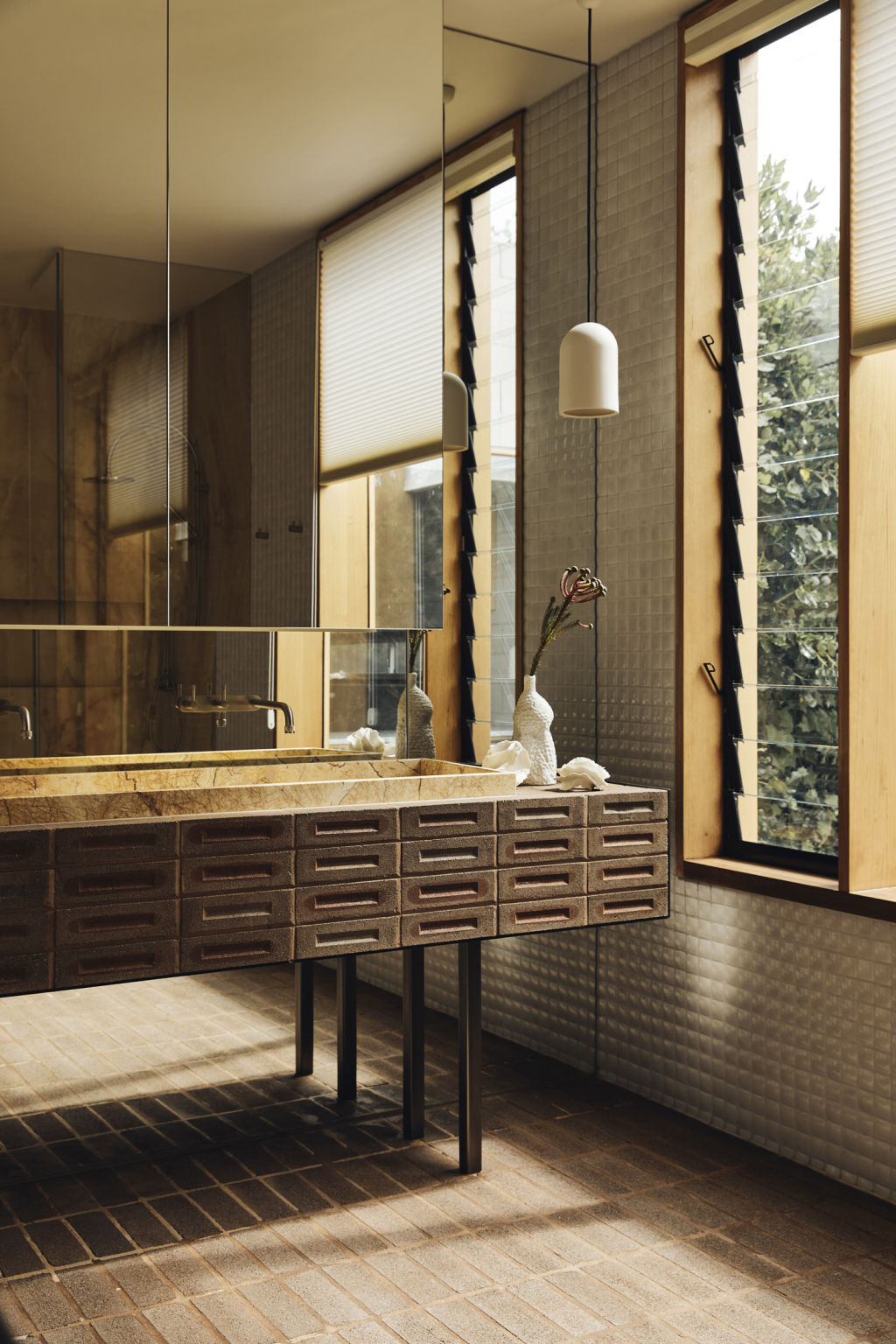
The gobsmacking reverse-step concrete pyramids allow plenty of natural light into the living and dining areas via the central skylights.
Exposed blockwork walls and concrete floors dominate the interior – with concrete blocks used to create shelves and light fittings, too.
Accents of timber joinery and brick bring an element of warmth and visual contrast – but otherwise, this is one hard-edged interior.
Yet, the overall effect is incredibly welcoming, comfortable and more than a little cool.
Apart from the inspired furniture and lighting choices by Architects EAT, Mo attributes a lot of the success of the interior to Swee Lim of Swee Design, who worked with the client on the art selection.
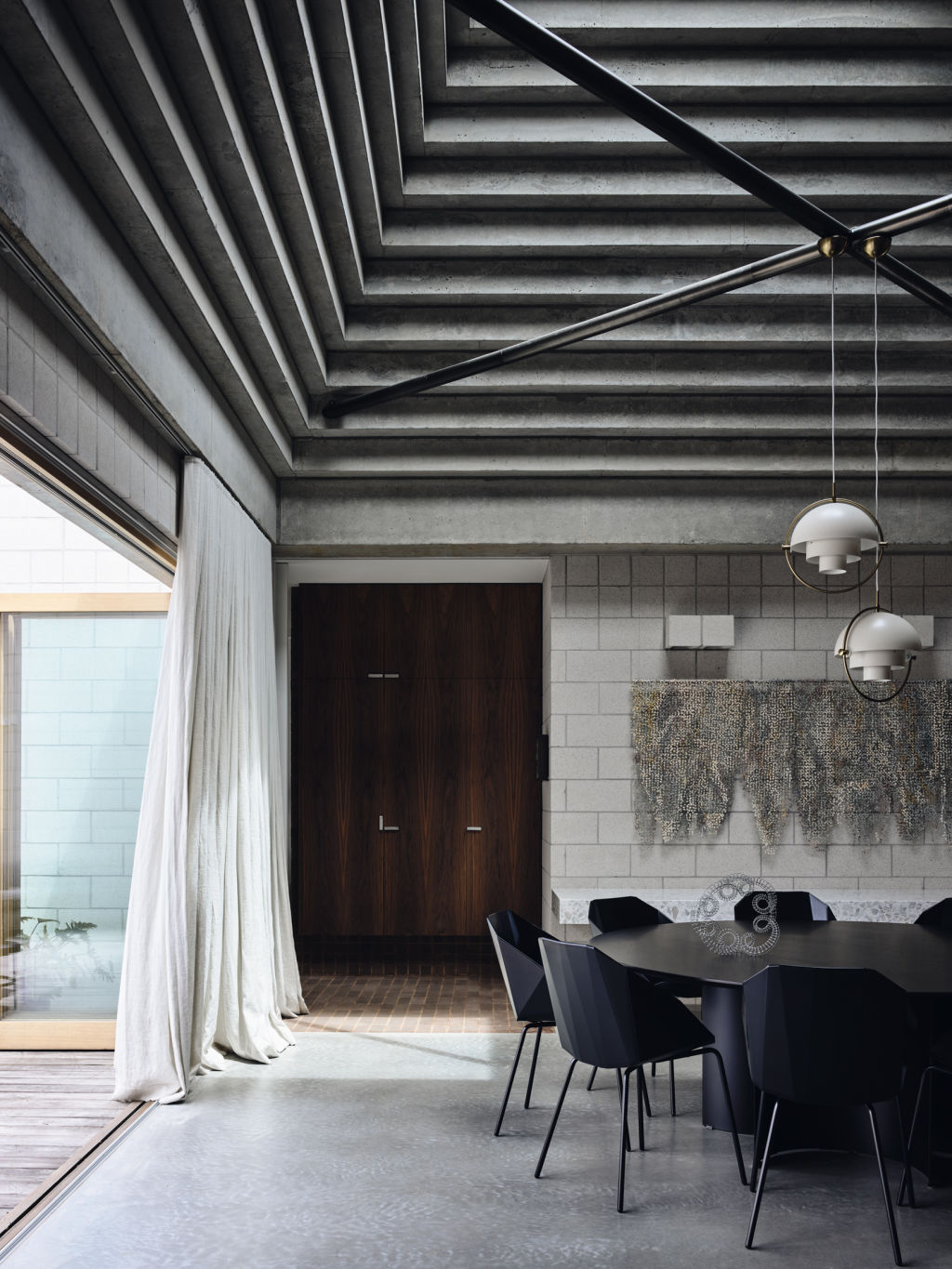
Swee chose various ready-made artworks and sculptures directly from the artists and galleries, also commissioning several art pieces for the project.
“Perhaps, because this is the second home we’ve done together, the client gave me more latitude to experiment,” says Mo.
“I wanted a house that offered a sense of escape, where kids can remember their summer holidays as they grow up. A house that is memorable and describable.”
While this home wasn’t blessed with spectacular clifftop ocean views like the architect initially imagined, its inland location prompted a design response focused on placemaking.
The locals now affectionately refer to it as the “Pyramids of Flinders”.
We recommend
We thought you might like
States
Capital Cities
Capital Cities - Rentals
Popular Areas
Allhomes
More
